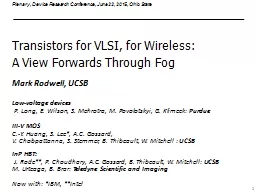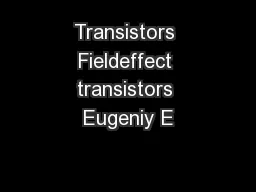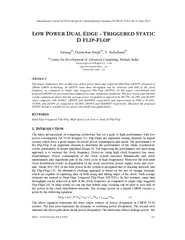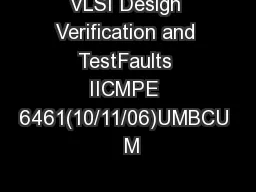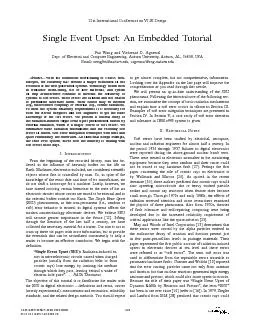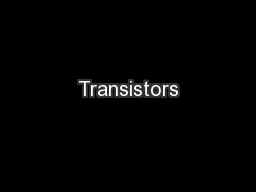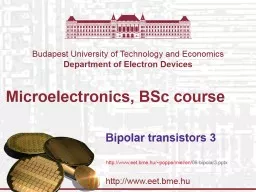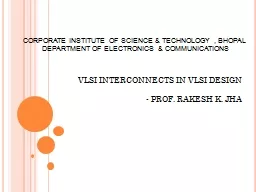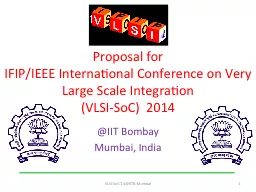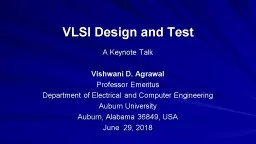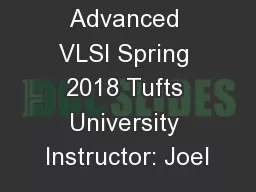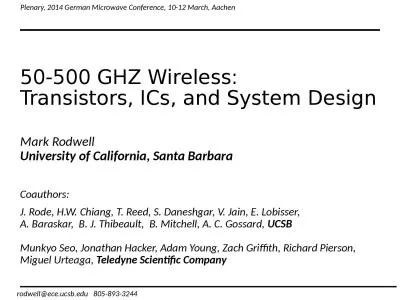PPT-Transistors for VLSI, for Wireless:
Author : pamella-moone | Published Date : 2017-01-21
A View Forwards Through Fog Mark Rodwell UCSB Plenary Device Research Conference June 22 2015 Ohio State InP HBT J Rode P Choudhary AC Gossard B Thibeault W Mitchell
Presentation Embed Code
Download Presentation
Download Presentation The PPT/PDF document "Transistors for VLSI, for Wireless:" is the property of its rightful owner. Permission is granted to download and print the materials on this website for personal, non-commercial use only, and to display it on your personal computer provided you do not modify the materials and that you retain all copyright notices contained in the materials. By downloading content from our website, you accept the terms of this agreement.
Transistors for VLSI, for Wireless:: Transcript
Download Rules Of Document
"Transistors for VLSI, for Wireless:"The content belongs to its owner. You may download and print it for personal use, without modification, and keep all copyright notices. By downloading, you agree to these terms.
Related Documents

